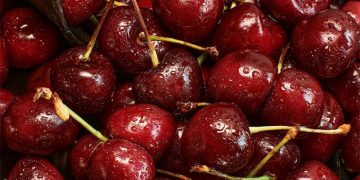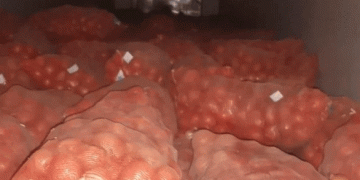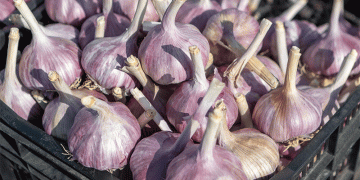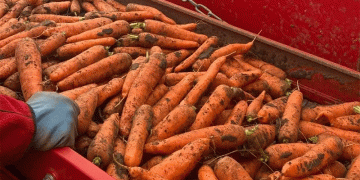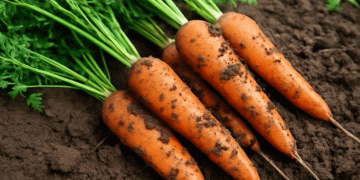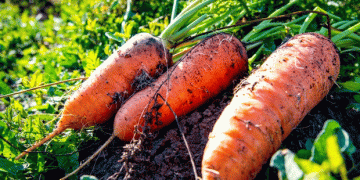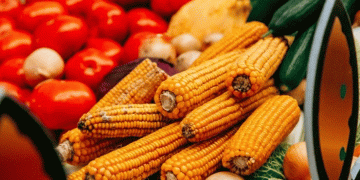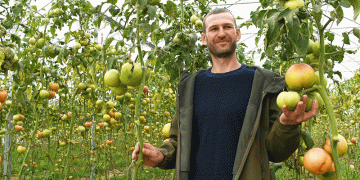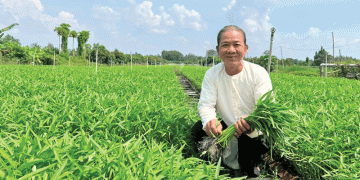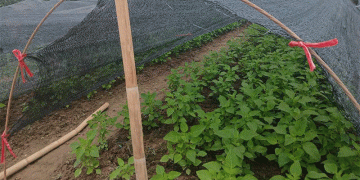The Swiss Fruit Association (Obstverband) projects a high-quality cherry harvest this year, estimating around 2,500 tons of table cherries—a slight decrease from the previous year’s bumper crop. According to the Agricultural Information Service (LID), 2023 saw above-average yields, but excessive rain led to quality issues, reduced shelf life, and only moderate consumer demand, forcing significant volumes to be discarded.
Weather Conditions Favor Growth in 2024
Unlike last year, 2024’s weather has been more favorable—sunny weeks followed by timely rainfall, optimizing cherry growth and fruit set. The trees are reported to have good fruit load, and early harvests have already begun in some regions. The main harvest is expected from mid-June, with domestic cherries covering 80-100% of market demand during peak weeks.
Market and Consumer Demand Trends
Despite the strong yield, challenges remain:
- Post-harvest losses must be minimized through better storage and handling.
- Consumer demand may fluctuate depending on weather and pricing.
- Export potential could help stabilize prices, but competition from EU producers remains strong.
Globally, cherry production has been rising, with Turkey, the U.S., and Chile leading exports (FAO 2023). Switzerland’s domestic market focus helps maintain premium pricing, but farmers must balance supply with demand to avoid oversaturation.
The 2024 Swiss cherry harvest is set to deliver high yields and improved quality thanks to optimal weather. However, market strategies, storage solutions, and demand forecasting will be crucial to maximizing profitability. Farmers and agronomists should focus on efficient harvesting, post-harvest technology, and diversified sales channels to mitigate risks seen in previous years.
